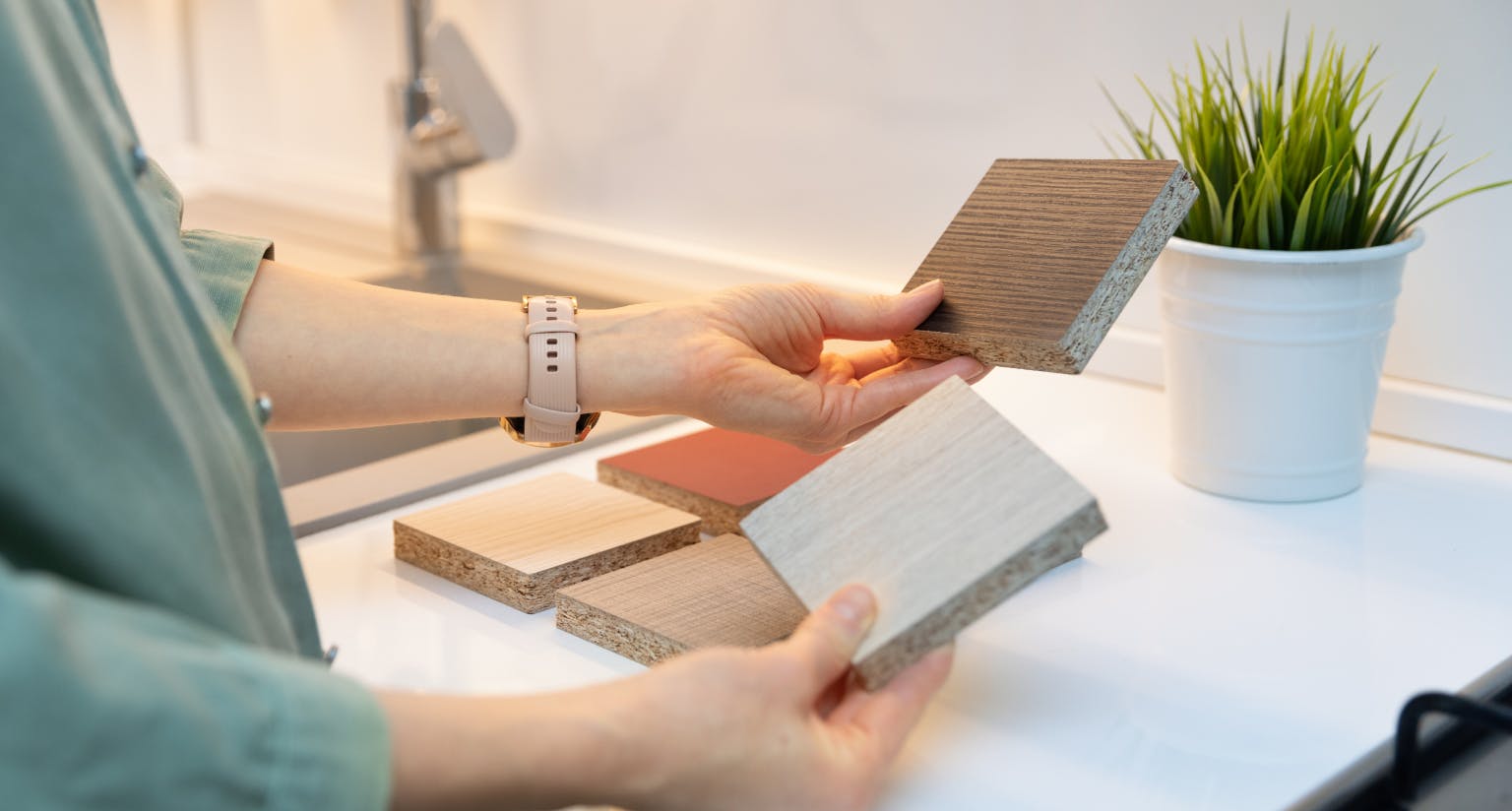How to Price Your Interior Design Services
Learn the most popular pricing models to choose the right one for you

Whether you’re just getting started in the interior design industry or you’re already established, knowing how to price your design services is essential. Establishing your pricing method helps to keep the design process streamlined from design mockup to final product, and establishes a level of professionalism that is essential to client relations. We narrowed down the available pricing options to our top three, to help you make the best choice for your business.

1. Charging by the Hour
Charging by the hour is a popular choice in the business world, including among design professionals, because it adds a level of clarity between you and the client. Plus, it covers you financially if there are delays. However, some might decide against this model because they believe it undervalues their time or creates a significant administrative burden. If you do choose this model, the best way to determine your hourly rate is to research the current market. See more in our detailed guide to charging by the hour.
2. A Fixed Rate
A fixed-rate pricing model takes into consideration the total time it will take to complete a project. The formula looks something like this: estimated number of hours spent on the project x hourly rate = fixed rate. By defining the scope of the project early, you’ll set realistic expectations. However, this may work against you with a client who abuses your time. You can help avoid abusive clients and transparency issues by having a bulletproof contract and setting expectations from the start. Learn why this method is most popular among design pros, and how to approach discounting your services, in this guide.
3. The Cost-Plus
The cost-plus model takes into account the net cost of the materials, products and furnishings in the project, as well as any subcontractor fees, and adds an agreed-upon percentage to that, which effectively becomes your profit. The cost-plus formula looks something like this: product cost + subcontractor cost + agreed % = total cost. Some design professionals opt for this approach if they feel clients are unaware of the prices of goods these days. Others find it works best for construction projects. Read more on the pros and cons of the cost-plus pricing model in this guide, including how to be creative with your offerings.

At the centre of each model is communication. By keeping clients informed every step of the way, you’ll earn their trust and boost your reputation. Whatever pricing model you choose and whatever add-ons you include, make sure these are communicated to and understood by your clients.










